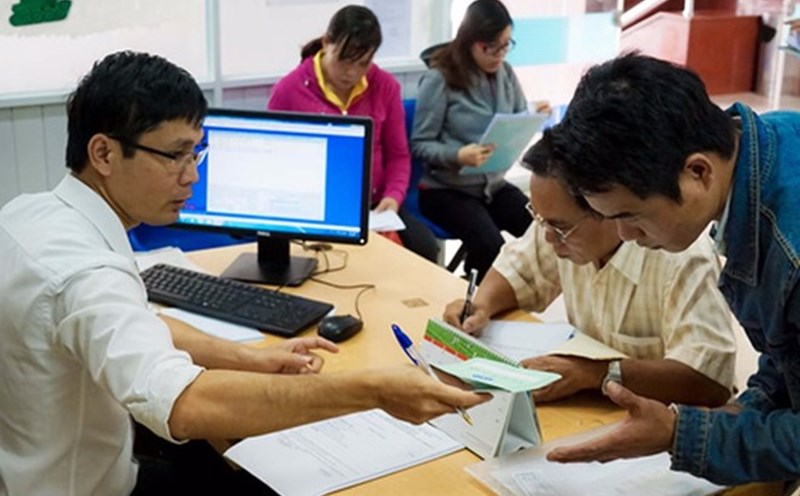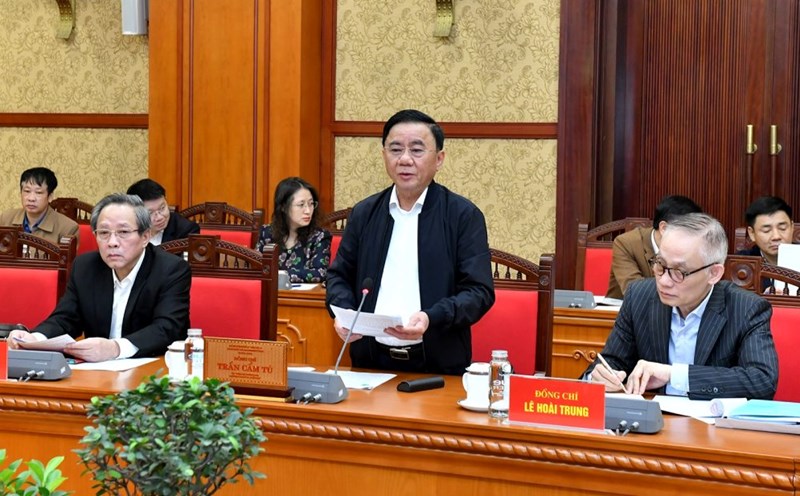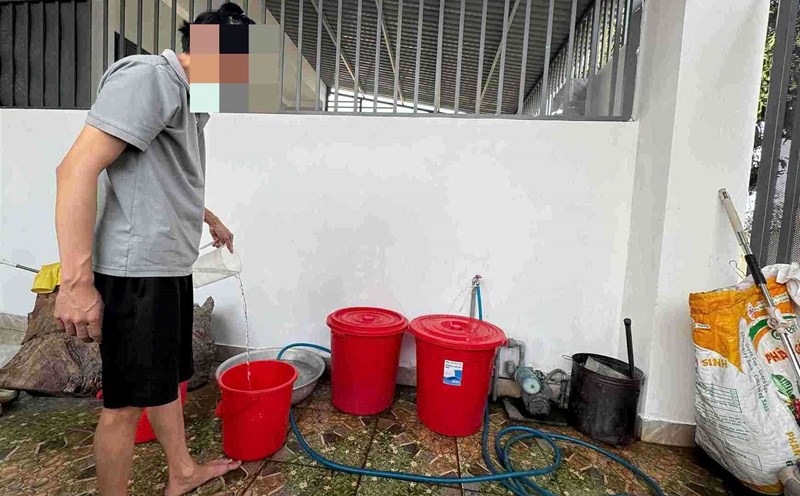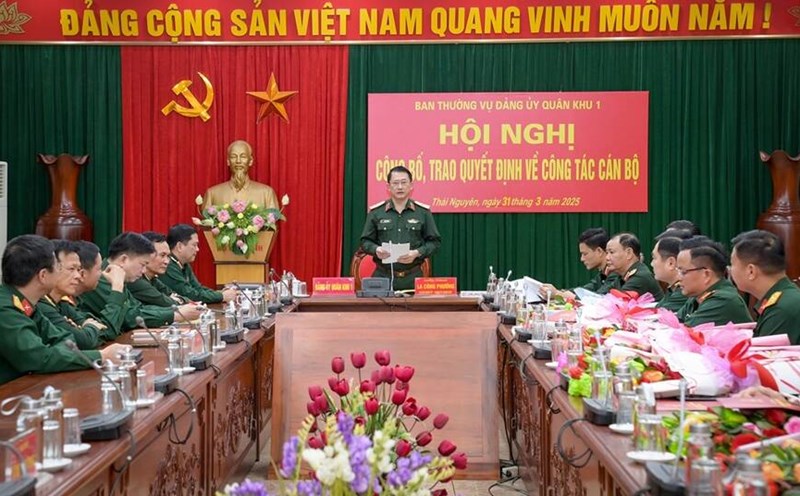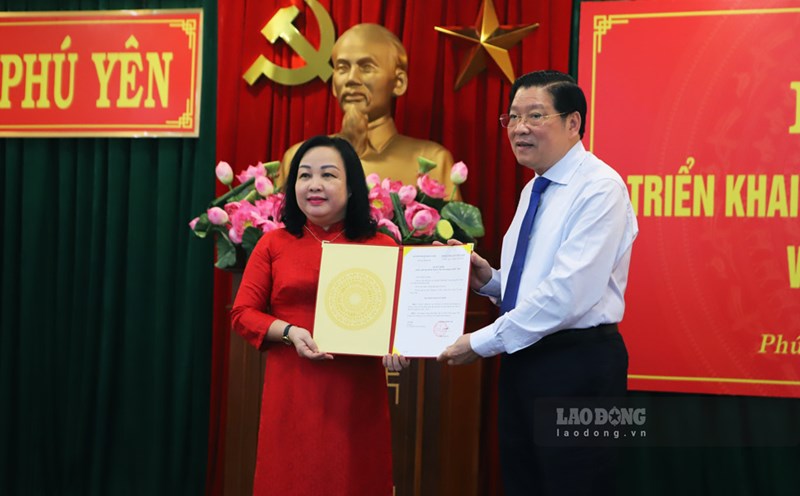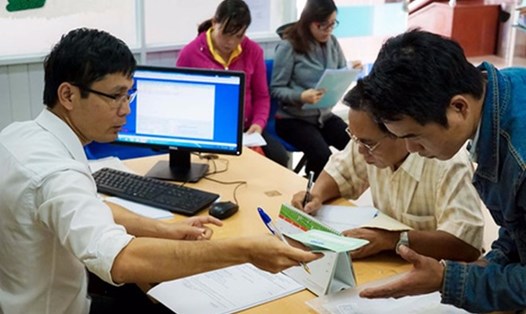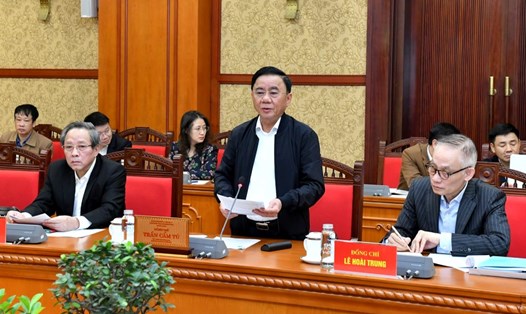On March 20, information from the People's Committee of Quang Binh province said that it had just requested districts, towns and cities in the area to review the plan to reorganize commune-level administrative units due to not ensuring the regulations of the Central Government. Localities must complete reports and submit to the Provincial People's Committee by March 22, 2025 at the latest.
According to the province's assessment, some commune-level administrative units arranged by localities do not fully meet the standards on natural area and population size according to the Central Government's regulations. Therefore, the Provincial People's Committee requests units to carefully review to ensure the arrangement process is in accordance with the set principles and criteria.
Accordingly, the arrangement of communes and towns must ensure a larger scale than the current one, while being suitable for the geographical characteristics, natural conditions and socio-economic development of each locality. The province encourages the merger of administrative units in their original state instead of adjusting part of administrative boundaries, except in cases where it facilitates management and people's lives.
The People's Committee of Quang Binh province clearly stipulates the criteria on area and population for each area.
For natural areas: Mountainous communes from 150 km2 or more; plain communes from 90 km2 or more; wards from 35 km2 or more.
The population of mountainous communes is 15,000 or more people; mountainous communes and border communes with a large ethnic minority of 7,500 or more people; plain communes with 24,000 or more people; wards with 50,000 or more people.
In case of merging 5 or more commune-level administrative units to establish a new unit, there is no need to evaluate the standards. If it merges with less than 5 communes but does not meet the area or population criteria, the locality must have a specific explanation of geographical factors, traffic or important roles in national defense and security.
In addition to the criteria of area and population, the Provincial People's Committee also requires localities to consider specific factors such as history, culture, ethnicity, religion, belief, customs and practices, as well as conditions for economic development, security - defense and transport infrastructure.

